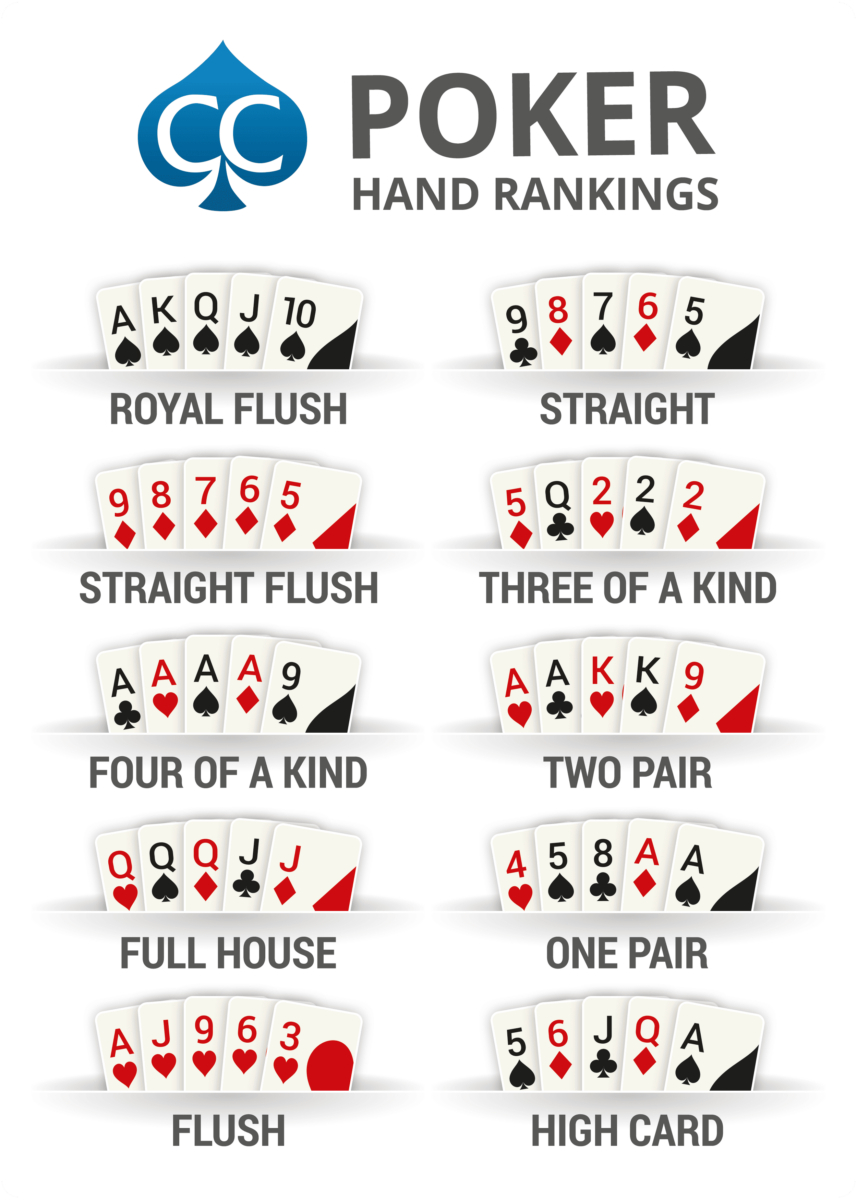Most of my articles are devoted to helping you improve your game. Not this one, though. This one is for those of you who are called on to teach someone else how to play – not to improve their play, but to teach someone else the game’s fundamentals.

Most instruction in this regard starts with teaching students the different hands of poker, what beats what, and the best poker starting hands. The instructor then typically moves on to explain the deal, how to make five-card poker hands, and finally, how to bet. It’s how I learned, and I’d be willing to bet that’s how you learned as well.
Teaching poker in this way isn’t very difficult: it typically takes 15 to 20 minutes to teach someone the basics. It’s up to those who seem to take to the game to then figure out strategy and, as we all know, that can take a lifetime.
But I think we’re doing a disservice to our students, and to the game itself, by teaching the game in this way. It sends the exact wrong message about what is, and what isn’t, important in poker.
It’s all about the betting
What makes poker unique among all other card games is the betting. Without betting, there is no poker. Gin, cribbage, bridge, canasta, and go fish are all about the cards. Sure, you can play them for money if you want (and there are serious bridge players who make a good living at the game), but those games aren’t about the money any more than basketball, baseball, or football are about money even though you can bet on the outcome of a game.
Money is an integral part of playing poker, however. There must be something of value at stake or the game isn’t really poker. The skill of poker is in the betting, not in the play of the hand.
You can take out cards (short deck), change their values (Razz and low-ball), and even get rid of conventional poker hands (Badugi), and it’s still poker as long as there’s betting. Accordingly, I teach betting first.
I start by teaching students a one-card game I call Poker War. It’s as simple as the kids’ game War. The higher card beats the lower card. That part is simple and easy to understand so we then move immediately into how the betting works. It starts with each player getting $100 worth of chips.
One player starts as the dealer, who puts up a blind bet of $2. He then deals his opponent and himself one card each. The betting proceeds exactly as it would in a regular heads-up poker game, but with each player only playing a single card, the high card wins.
After playing for a while, we talk about the different ways someone might approach the game. On one extreme, a player might decide to adopt a very tight strategy – not calling a bet unless they have an ace, with the knowledge that they can’t lose a hand this way. By only playing an ace, they are guaranteed, at worst, a tie since no card beats an ace. If their opponent also holds an ace, they at least get $1 from the pot.
I then do a simple explanation of why this strategy doesn’t work in the long run, pointing out both how an opponent is likely to recognize their extremely tight play and fold whenever they bet, depriving them of all but the smallest of wins, and then also explaining how the blinds will whittle down their stack over time.
Similarly, we look at the other extreme of adopting a very loose and aggressive style, raising regardless of the value of the card with the intent of getting an opponent to fold his hand. We see how that plays out against an astute opponent who recognizes that his best chance of winning is to only play higher-value cards.
A different approach with good results
In this way, I teach my students to think about having a balanced betting style that mixes in bluffs with value bets in an effort to confuse an opponent who might be playing too straightforwardly. And then, I let them play. Since there’s only one card, their focus is entirely on the strategy of betting, not on what their hand is or how they draw cards to make a better poker hand.
It’s only then, after they have had a good understanding of betting, that we move on to the deal and play of a full-handed hold’em game. Then, and only then, do I go into an explanation of the ranking of the poker hands, how the game is dealt, and how hands are made over four betting rounds.
The results from this approach are fairly good. One of my students actually went on to become a successful professional poker player, earning his living for a few years in No-Limit Hold’em and Pot-Limit Omaha tournaments and cash games. Others seem to grasp the concepts of poker better, having entered the game with a firmer understanding of its true nature.
I have no empirical evidence that my method is better than the more traditional way of teaching poker, but I sure think I’m right. What do you think?


